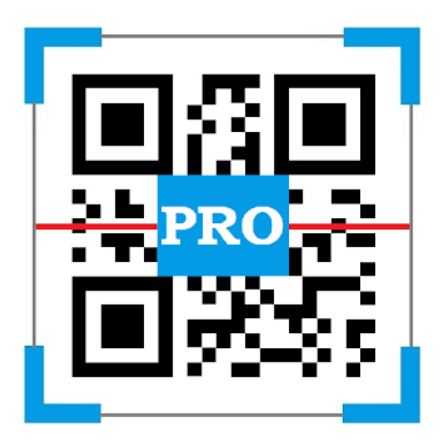
The time or inclination to check out the website immediately- and if they did, they would encounter more friction typing the address into their mobile.An internet enabled device on them at the moment, or.But with print, public, and televised advertising campaigns the odds are the customer doesn’t have either: With social media and email campaigns that are usually accessed through internet enabled PCs or mobile devices, a simple link enables you to bypass all of this potential friction because there’s a fairly good chance that your customer will either click the link immediately, or possibly bookmark it to check it out later (enabling a much easier recall). Follow through with this commitment and remember how and why they wanted to go to the page.Remember the URL, and why they wanted to go to in the first place.If they see an advertisement – TV, billboard, print – that has the URL (web address) you want to send them to, they will have to bypass a lot of potential friction before they see your content. But what about all the mobile time your potential customers spend? If someone sees a link to your content while they’re at their computer, then the only friction you’ll encounter is getting them to click to go to your page. Email lists, Facebook and Twitter, direct mail and practice brochures are all designed to connect people with your content to drive business to your practice. Your content is the reason you have a website in the first place and you should always be looking for ways to get eyeballs in front of it. Now, think about your practice’s web content: the basic information and elevator pitch about your services that you want to communicate to existing and future patients. This technology provides value by simplifying a process to its core so that time, effort and resources are not wasted on mishaps, transportation, and basic human inertia. A smartphone removes the friction of needing to be near a desktop to read and send email, get contact information, and securely access practice and hospital documents and patient data. The electronic medical record removes the friction of paper records – finding, handling, storing, and securing them – all the things that can get between the critical information on the page and the physician who needs it. One of the most basic ways to simplify a complex process to is remove friction This gives you the ability to store a significant amount of information in a small space.As healthcare embraces technology to improve patient outcomes, streamline operations, and lower costs, the technologies with the most impact are the ones that Make Things Simpler.

#QR AND BARCODE MAKER CODE#
The US Postal Code barcode is also called POSTNET, and is used by the US Postal service for mail delivery.Ī QR code, or Quick Response code, is a type of 2D barcode that can hold more than 4,000 alphanumeric characters. EAN/JAN-8 is similar to the UPC-E, but also allows you to store the first two digits of a country code. The barcode is similar to UPC-A, but allows you to include the first two digits of a country code.ĮAN/JAN-8 requires the use of 7, 9 or 12 characters. This barcode is a compressed code that is used to mark small packages and paperback books and magazines in retail.ĮAN/JAN-13 can only store 12, 14 or 17 characters. The first 6 digits are unique to your business, and must be assigned to you by GS1 US. This is the most commonly used barcode in retail product labeling. UPC-A is a 12-digit fixed-length barcode. This barcode can only store numeric information, and is commonly used in warehousing and inventory stock control. This barcode can only contain numeric information, and is typically used in industrial and master carton labeling.Ĭodabar is often used in libraries and blood banks.Ĭode 93 is similar to Code 39, but allows you to store more characters per inch. If you are considering using barcodes in your company, Code 128 is a good choice. Use Code 39 to store any of the 43 standard alphanumeric characters, including capital letters A-Z, numbers 0-9, and some punctuation.Ĭode 128 is the most easily read barcode and can be used to store any alphanumeric characters. Code 3 of 9 Standard (Also called Code 39)Ĭode 39 Standard is the most commonly used barcode.


 0 kommentar(er)
0 kommentar(er)
